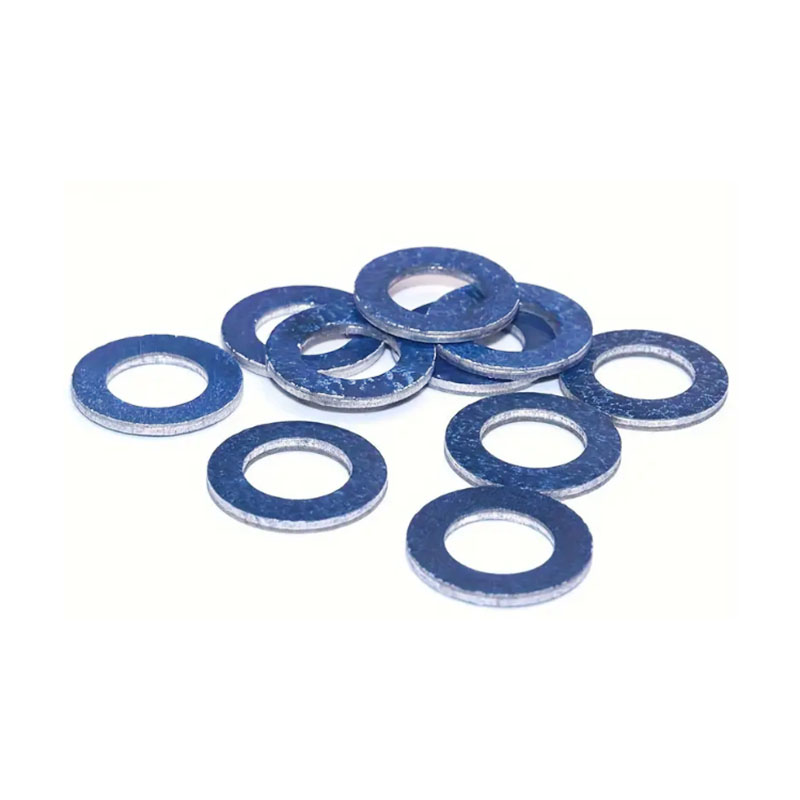Understanding the Importance of Rear Differential Seal Maintenance in Vehicle Performance and Longevity
Understanding Rear Differential Seal Importance and Maintenance
The rear differential seal is a crucial component in the proper functioning of a vehicle's drivetrain system. It plays an essential role in maintaining the integrity of the rear differential, which is responsible for transferring power from the engine to the wheels while enabling smooth turning and handling. Understanding the rear differential seal, its importance, and how to maintain it is vital for vehicle owners and mechanics alike.
What is a Rear Differential Seal?
The rear differential seal is a rubber or composite material seal that prevents gear oil from leaking out of the rear differential housing. It is located where the driveshaft connects to the differential case. Some vehicles may have multiple seals, depending on the design of the differential system. Functionally, it works to keep contaminants out and lubricating oil in, which is necessary for the efficient operation of the gears within the differential.
Importance of the Rear Differential Seal
1. Contamination Prevention The rear differential houses lubricant that reduces friction among the gears. If the differential seal fails, contaminants such as dirt, dust, and water can enter, compromising the oil’s effectiveness and causing premature wear to the internal components.
2. Fluid Retention Proper lubrication is essential for the longevity of the differential gears. A failing seal can lead to fluid leaks, resulting in inadequate lubrication, excessive heat buildup, and ultimately catastrophic failure of the differential.
3. Operational Efficiency A well-functioning rear differential seal ensures optimal performance of the vehicle. When the seal is intact, the differential can operate without excessive noise or vibration, enhancing the overall driving experience.
4. Cost Savings By maintaining the rear differential seal and addressing any issues early on, vehicle owners can avoid costly repairs or complete differential replacements in the future. Regular maintenance of seals can prolong the life of the differential and adjacent components.
Signs of a Failing Rear Differential Seal
rear differential seal

1. Fluid Leaks One of the most common signs of a failing seal is the presence of fluid leaks underneath the rear of the vehicle. Gear oil typically has a distinct smell and is thicker in consistency compared to engine oil.
2. Strange Noises Worn or damaged seals can lead to internal lubrication issues, resulting in whining, grinding, or clunking sounds coming from the rear differential.
3. Increased Heat A differential that does not have adequate lubrication will run hotter. If you notice overheating during normal driving, the rear differential seal may be compromised.
4. Low Fluid Levels Regularly checking the rear differential fluid level is crucial. If you find the fluid is consistently low, it may indicate a leaking seal.
Maintenance and Replacement
Maintaining the rear differential seal involves regular inspections and fluid changes as per the vehicle's owner manual. If a leak or damage is detected, it is advisable to replace the seal as soon as possible to prevent further complications. The replacement process can vary based on vehicle make and model but generally involves
1. Removing the Driveshaft To access the seal, the driveshaft must be unbolted and removed. 2. Replacing the Seal The old seal is carefully extracted, and the new seal is installed in its place, ensuring it is properly seated.
3. Reinstallation and Fluid Check Once the new seal is in place, the driveshaft is reattached. It is also essential to refill the differential with the correct type and amount of gear oil.
Conclusion
The rear differential seal, while often overlooked, is an integral part of a vehicle's performance and reliability. Regular maintenance and timely replacement can prevent significant damage and ensure a smooth driving experience. By understanding the importance of this component, vehicle owners can better care for their vehicles, ultimately saving time and money on repairs.
-
Understanding the Importance of the Crankshaft Oil Seal in Engine Performance
News Jun.16,2025
-
The Unsung Heroes of Engine Protection: Understanding Automotive Shaft Seals and Oil Seals
News Jun.16,2025
-
Keeping the Engine Tight: The Role of Crankshaft Seals and Gaskets in Oil Control
News Jun.16,2025
-
Complete Protection in Harsh Conditions: A Deep Dive into Cassette Seals
News Jun.16,2025
-
Choosing the Right Oil Seal: A Guide to Trusted Brands and Suppliers
News Jun.16,2025
-
Advanced Sealing Technologies: Exploring the Range of Modern Oil Seals
News Jun.16,2025
-
Your Essential Guide to Car Repair Kits: From Rust to Dings
News Jun.13,2025
Products categories















